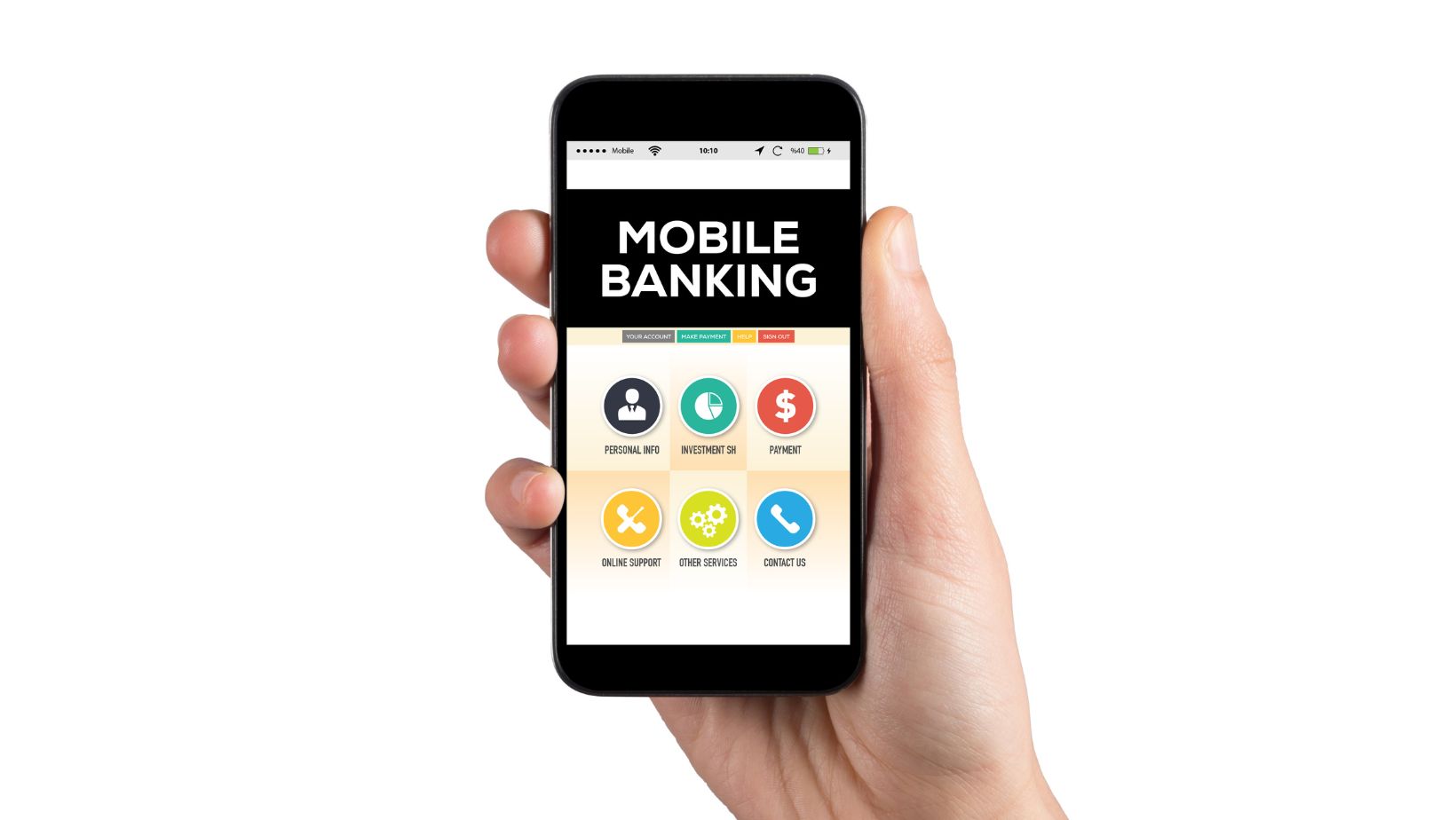
How Does Chime Make Money
Chime, the popular mobile banking platform, operates on a unique business model that generates revenue in several ways. One of the primary ways Chime makes money is through interchange fees. Whenever you make a purchase using your Chime debit card, the merchant pays a small price to Chime for processing the transaction. This helps Chime earn income without charging its customers monthly maintenance or overdraft fees.
In addition to interchange fees, Chime also earns revenue through its partnerships with financial institutions. When customers use their Chime accounts to deposit funds or make transfers from external banks, Chime may receive a portion of the transaction fees charged by those banks. This mutually beneficial relationship allows Chime to offer its users seamless integration with other financial institutions while generating additional income.
Furthermore, Chime offers optional services like early direct deposit and overdraft protection for eligible users who choose to enroll in these programs. These value-added features come with small monthly subscription fees, providing an additional revenue stream for the company.

Chime’s Revenue Model
Chime, a popular digital banking platform, has gained significant traction recently. As a user, I’ve often wondered how Chime provides its services for free and still generates revenue. In this section, I’ll explore Chime’s revenue model and show how they make money.
Transaction Fees and Interchange Revenue
One of the primary ways Chime generates revenue is through transaction fees and interchange revenue. When you use your Chime Visa Debit Card for purchases or ATM withdrawals, merchants pay interchange fees to process these transactions. These fees are shared between Chime and their payment processing partners, allowing them to earn a portion of each transaction.
Overdraft Fees
Another source of income for Chime comes from overdraft fees. While Chime prides itself on its fee-free banking approach, it offers an optional overdraft protection feature called SpotMe. If you opt into this service and spend more than your available balance, Chime covers the difference temporarily. However, they may charge an overdraft fee if you don’t repay the negative balance within a specified timeframe (usually 30 days).
Partner Programs
Chime also leverages partnerships with various companies to generate additional revenue streams. Through these partner programs, when users shop at certain retailers or make specific purchases using their Chime card, Chime earns referral commissions or marketing fees from those partners.
Interest Income
Like traditional banks, Chime also earns interest by investing customers’ deposits in interest-bearing accounts or other financial instruments. Although it may not be as substantial as other sources of revenue for Chime, it still contributes to their overall earnings.
It’s important to note that Chime’s revenue model is designed to align with its mission of providing accessible and affordable banking services. By leveraging various revenue streams, they can offer a range of services without charging monthly maintenance fees or other common banking fees.
Final Thoughts
Chime’s revenue model demonstrates how innovative digital banks can monetize their platforms while prioritizing customer value and affordability.
Chime’s ability to provide free banking services while still generating revenue can be attributed to its innovative approach of leveraging interchange fees, partnerships with financial institutions, and optional subscription-based services. By diversifying its income streams, Chime can continue offering valuable and convenient banking solutions to its growing user base.










